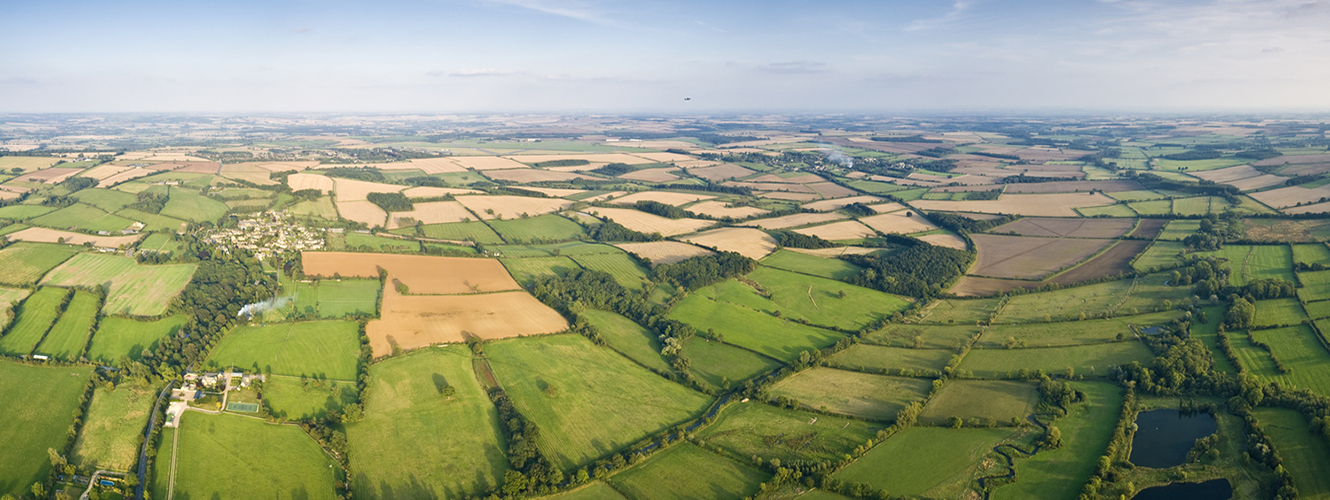
With just weeks to go until the Countryside Stewardship Scheme deadline, Senior Agribusiness Consultant Julie Wade gives some top tips on applying.
The Countryside Stewardship Scheme gives incentives for farmers and landowners to look after and enhance their environment, with the aim of protecting it for future generations. It allows for all or part of farms to be entered into environmental stewardship schemes for five years in return for a payment. The next Countryside Stewardship application deadline is 31 July 2021, with the schemes starting in January 2022.
The scheme offers payments for a wide range of annual management options providing environmental benefits, including arable buffer strips, managing grassland with very low inputs and wild bird mixes. In addition to this, funding is available towards capital works for those in high catchment, water sensitive area such as new fencing, concreting, hedges, dry stone walling, gates or livestock feeders and troughs.
Both Mid Tier applications, which provide a range of options and capital items that together help to deliver a broad range of environmental benefits, and Higher Tier applications, for land that requires more complex management tailored to the individual site, can be made.
The scheme is very positive for those looking to improve their farmed environment and infrastructure while also bringing in more income. Providing attention is given to establishing and maintaining the options and basic records are kept, it offers a reliable income stream that will become increasingly important to farm businesses as the Basic Payment Scheme (BPS) decreases over the coming years.
Applicants can select various options which benefit the environment, and the more options selected, the more income this generates. It also gives landowners an opportunity to generate a decent level of income from land that they may not otherwise be able to utilise, such as land surrounding electricity pylons or land under large trees.
The possibilities are extremely wide-ranging and we have seen farmers and landowners receive grants of around £8,600 for fencing to grants of £741,500 for a number of grassland, arable and soil and water mid tier options as well as hedgerow coppicing, livestock and machinery hardcore tracks, concrete yard renewal, rainwater goods, bio filters and sprayer washdown area.
My top tips on applying for a grant:
- Fill in the application correctly: The schemes are competitive and applications can be rejected if errors are made.
- Understand profitability: Landowners should submit a minimum of between five and seven per cent of their land into Countryside Stewardship to ensure it is profitable.
- Select options that are manageable: Simpler schemes with fewer options are easier to manage in comparison to schemes with 10 or 12 options. Applicants should keep in mind that records must be kept throughout the five years during the initial application process.
- Have a plan in place: The schemes are for five years and give farmers and landowners the opportunity to profit from land which might otherwise not be utilised. Some schemes are rotational and some are non-rotational, so farmers should think about suitable locations for each of the options during the application process.
- Seek application support: Those who are not experienced in the application process may wish to seek expert advice. As the applications are submitted annually, landowners have just one opportunity apply each year so risk missing out on 12 months of income should they be unsuccessful.
If you would like more information about the benefits of the Countryside Stewardship Scheme or support with your application, please don’t hesitate to get in touch with Julie or another member of our agribusiness team.





